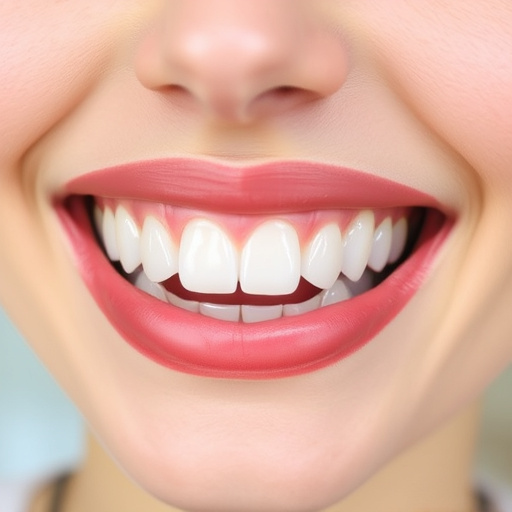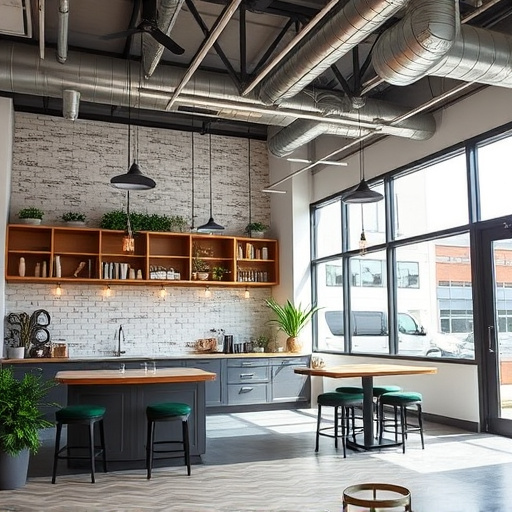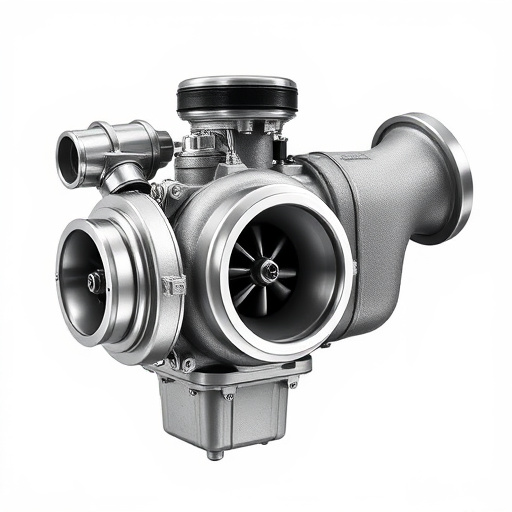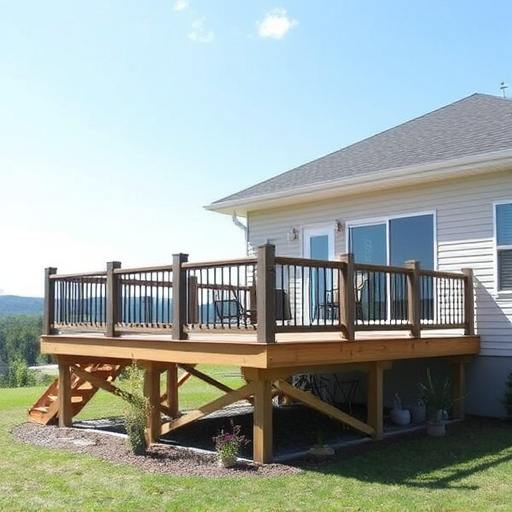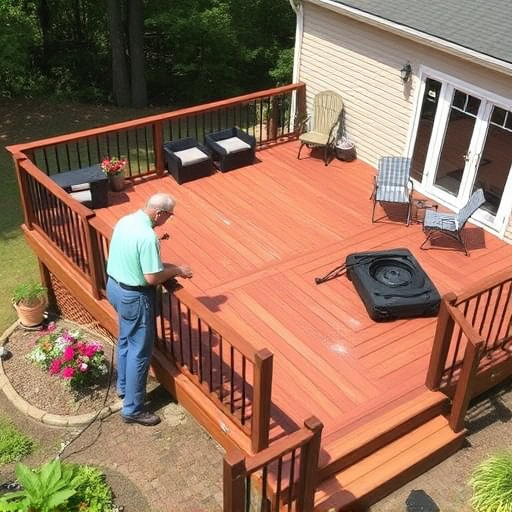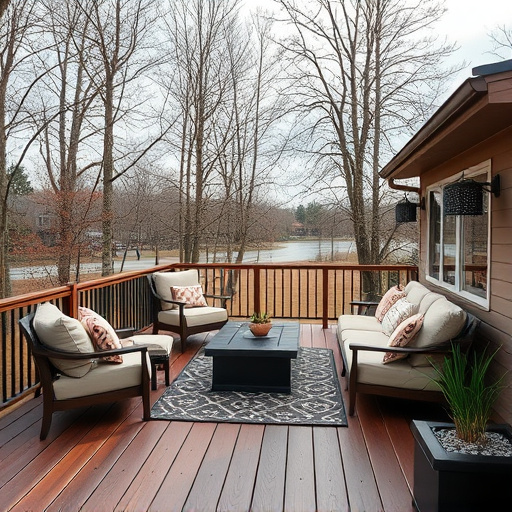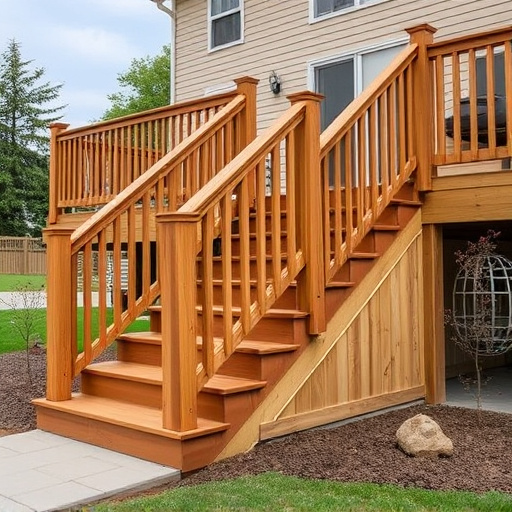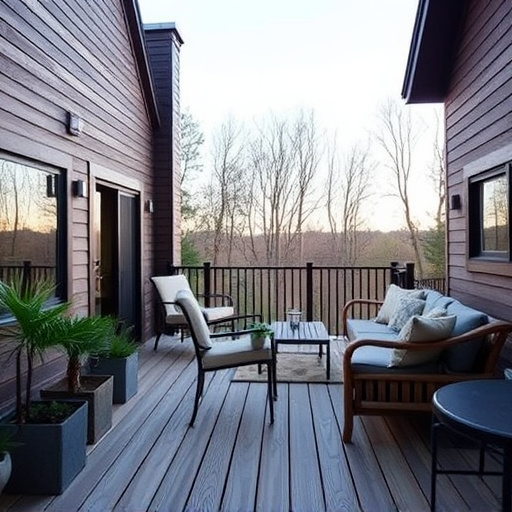Choosing deck boards involves considering material (wood, composite, PVC), climate conditions, deck size, maintenance needs, and cost. Informed decisions ensure aesthetic goals meet durability and long-term performance, aligning with project needs and home exterior services.
Choosing the right materials for your deck boards is crucial for creating a durable, low-maintenance, and aesthetically pleasing outdoor living space. This comprehensive guide will walk you through understanding various deck board options—from traditional wood to modern composites—and navigating key factors like cost, durability, installation, and environmental impact. By the end, you’ll be equipped to select the ideal deck boards tailored to your needs and preferences.
- Understanding Deck Board Materials: A Overview
- Factors to Consider When Choosing Deck Boards
- Popular Deck Board Options and Their Pros & Cons
Understanding Deck Board Materials: A Overview
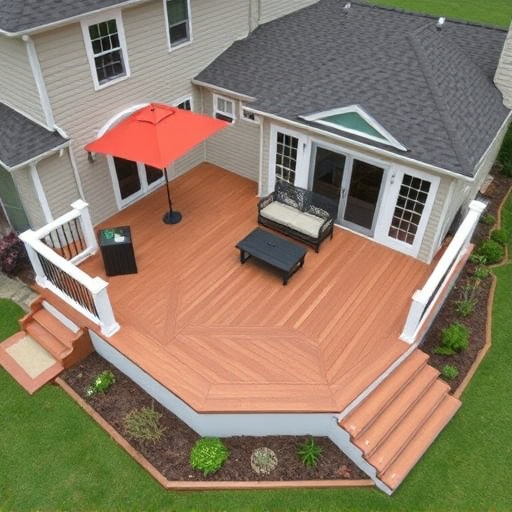
Choosing the right deck boards is a crucial step in building or renovating your outdoor living space. Deck boards are the visible components that form the surface of your deck, and they play a significant role in the overall aesthetics and durability. Understanding the available materials and their unique properties will help you make an informed decision.
Common deck board options include wood, composite, and vinyl. Each material has its advantages and considerations. Natural wood offers a classic look and is relatively affordable but requires regular maintenance to prevent rot, mold, and pest damage. Composite boards are made from a mix of plastic and wood fibers, providing superior durability and low-maintenance benefits. They mimic the appearance of wood but won’t warp or split. Vinyl deck boards are known for their longevity, resistance to fading, and low-maintenance nature, making them an excellent choice for those seeking hassle-free options, especially in areas prone to storm damage repair or siding and gutters replacements. Considering factors like climate, exposure to elements, and personal aesthetics will help guide your selection for your ideal deck.
Factors to Consider When Choosing Deck Boards
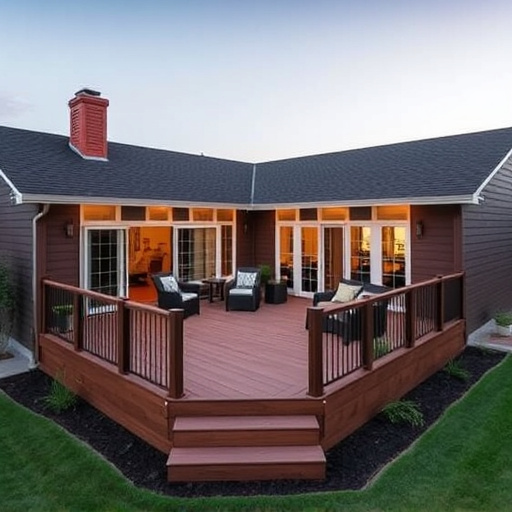
When choosing deck boards, several factors come into play to ensure durability, aesthetics, and maintenance. One of the primary considerations is the material itself. Deck boards can be made from various options like wood, composite, or PVC. Each material has unique characteristics; for instance, wood offers a natural look but requires regular treatment, while composites are low-maintenance alternatives. The environment plays a significant role too—factors such as sunlight exposure, moisture levels, and temperature fluctuations affect the longevity of deck boards. Therefore, selecting materials suitable for your local climate is essential.
Moreover, the size, shape, and style of the deck should guide board selection. For instance, residential roofing or siding installation professionals might prefer specific types based on their experience with different projects. The budget is also a crucial factor; composite and PVC boards tend to be more expensive than traditional wood options. Considering these aspects will help you make an informed decision when choosing deck boards that align with your project’s needs and preferences.
Popular Deck Board Options and Their Pros & Cons
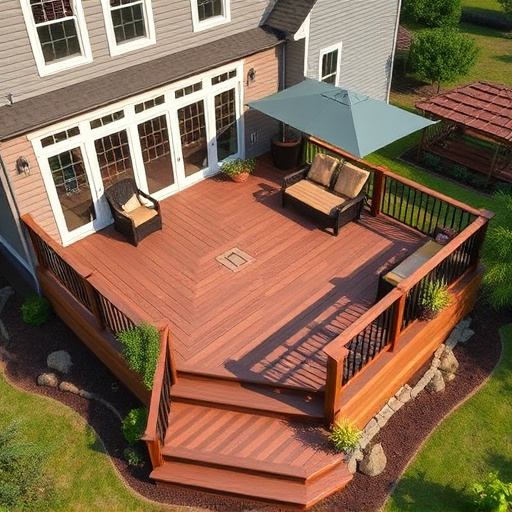
When it comes to decking materials, there are several popular options available that each come with their own set of advantages and disadvantages. Understanding these pros and cons is key to making an informed decision for your home exterior services.
One widely used material is pressure-treated wood, known for its affordability and longevity. It’s a great choice for those seeking a classic look and is often a staple in many outdoor spaces. However, it may require more maintenance over time due to its tendency to fade and split, especially when exposed to varying weather conditions. Another common option is composite decking, which offers low maintenance and high durability. This material is made from a mix of wood fibers and plastic, making it resistant to rot and mold. While it can be pricier than wood, composites provide a consistent appearance and require minimal upkeep, making them a popular choice for many homeowners looking to enhance their outdoor living spaces without the hassle of regular maintenance. For those seeking a more natural look, real wood decking is an attractive option, but it demands careful selection and regular care to prevent issues like warping or rot, which can necessitate siding replacement over time.
When selecting the perfect deck boards, consider your needs, budget, and aesthetic preferences. By weighing the pros and cons of each material, from traditional wood to modern composites, you can make an informed decision that enhances your outdoor living space for years to come. Remember, the right choice in deck boards will not only increase your deck’s durability and low-maintenance features but also contribute to its overall beauty and value.



